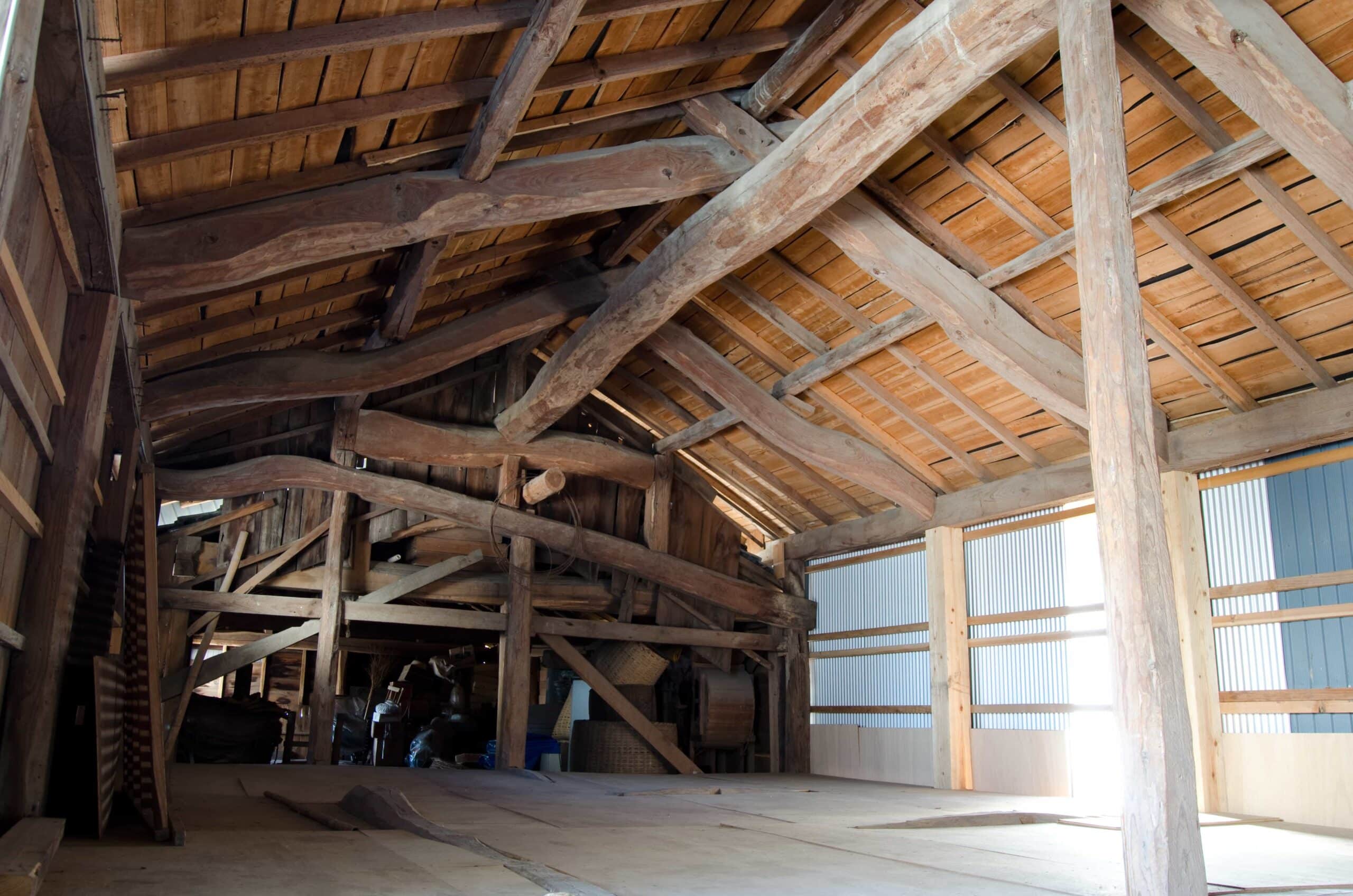Your pole building can come in many forms. It might be a traditional pole barn, or maybe it’s a more modernized home or storage space, or maybe even an office or warehouse. Regardless of the type of pole building you’re trying to move, these five tips will help make sure your move is organized and that you’ll know exactly what to expect and prepare for.
Consult with Your Mover to Discuss Pole Removal Options
A pole building gets its name because of the poles that are typically cemented or buried in the ground that provide support and structure for the building. When a pole building is moved, you have two options: take the building apart and reassemble it at its new location or transport it in one piece to the final destination.
A good mover will be able to lift your entire pole building without having to take it apart. But even with moving the building intact, you have two options in that scenario as well: dig the poles out of the ground or cut the poles off at its base. Have a conversation with your movers to decide the best course of action for your building and your budget.
Factor in Costs at Your New Location and Old Site
The costs of moving your pole building don’t stop at the transportation fees. The nature of a pole building ensures that you will need to do at least minor construction at your new site once your pole building is at its new location, plus you’ll have to take care of the leftover materials at the old site.
At your new site, you will need to lay a foundation for your pole building’s structure. If your movers excavate the poles in their entirety, you’ll need to have your contractor dig holes for the poles to go in. If the poles were cut at their base, they’ll need to be bolted or bracketed to the new foundation.
At the old site, you’ll need to make sure all holes are properly filled, and no leftover materials are coming out of the ground. When planning for pole building move, be sure to have a stretch budget that factors in these costs and more. It’s better to have a stretch budget than to try to cut corners and come up short.
Stay Compliant with Codes
Building codes vary depending on which city or state you live in. Before moving your pole building, you must ensure that you won’t be breaking property codes by moving it to its new home. For example, if your pole building is used to house your retail business, it’s going to have to follow different codes than a pole building that will be used for a garage in your yard, even though they might have the exact same construction and layout.
You should always check with certified building officials to make sure you are following all codes, rules, and regulations. The best way to do this is to get in touch with your local government body—the city or county office—and have them walk you through the codes for your property.
Plan for Growth
In many instances, pole buildings serve as agricultural structures, like a livestock building, feed storage, or a place to keep farm equipment. If you’re moving a pole building that is being used in this way, you will want the relocation to allow for future growth. Your move can open up a ton of opportunities for expansion.
Consider how your building was set up at its old location. Are there ways you can more efficiently arrange your set up? Did you need more access at the doors or windows? A move is a great time to arrange your building so that you have room for additional structures, even if you don’t foresee yourself needing them in the next year or so. Plan for growth so that when the time comes, your pole building is strategically placed.
Survey Route for Obstructions
A common mistake that people make when relocating pole buildings is failing to consider unsafe or inconvenient obstructions. If your pole building is serving as a barn or agricultural storage space, survey the terrain your movers will have to navigate when transporting it. Are there ditches or streams on your land that need to be worked around? Do you have animals that need to be put up during the moving process? Think about these things when planning out your moving route with the relocator.
In Conclusion
Working with a qualified structural mover is a smart decision when you have a pole building you need moved. Save yourself the time and sweat required to deconstruct and rebuild your pole building and choose to have it moved intact instead. When you follow these five tips, you’ll facilitate a move that you will be totally prepared for.
Learn more about our building moving services.

